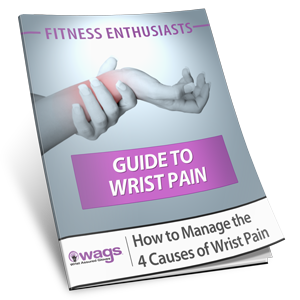People with arthritis can protect their joints, minimize further damage and lessen pain by implementing the following principles.
1. MOVE. Synovial fluid, nature’s lubricant, is released with joint movement. You may experience joint stiffness in the morning or after being in the same position for an extended time when the synovial fluid isn’t flowing. That’s why it’s important to change positions often or take scheduled breaks from sitting to move around.
2. STRETCH DAILY. From head to toe gently move your joints in all directions specific to each joint to release synovial fluid. Start with the neck gently tip the chin to the chest then move the head up and back. Look over the right shoulder then the left and gently circle the head clockwise and counter clockwise. Move down to your shoulders pulling them forward, lifting them up,then pushing them back. Next move your elbow forearms, wrists and fingers. Then rotate your whole spine by standing and looking behind you to the right and then left. Circle your hips around then extend each leg behind to stretch the front of your hips one at a time. Stretch your ankles and toes too. Yoga is a wonderful way to get stretching in. Water aerobics is great to gently move your joints with the mild resistance to strengthen your muscles.
3. SUPPORT YOUR JOINTS. Strong, toned muscles reduce stress on the joints, particularly when an activity involves joint impact. An external support such as a brace, elastic support or soft wrap may be beneficial for certain sports and activities. Particularly if there is a previous injury that compromised ligaments, tendons or muscles.
4. LISTEN TO YOUR BODY. Adjust your activity according to your pain. Joint pain my vary with weather conditions, as well as other factors such as diet, amount and type of exercise and sleep. On a day when your joints are particularly painful it’s wise to avoid strenuous or prolonged activity. Pace yourself and balance gentle movements with periods of rest.
5. STRIVE TO MAINTAIN YOUR IDEAL WEIGHT. Carrying around excessive weight is particularly stressful to your hips, knees and ankles, as well as your spine.
6. USE ASSISTIVE DEVICES. Adaptive aids and various tools can lessen the stress on your joints. Notice what activities bother your joints and search for an alternate way or tool to perform these activities. Large diameter products are easier to grasp and can lessen stress on thumbs and fingers, such as the ergonomically designed XOX brand.
7. USE PROPER BODY MECHANICS. Use larger joints and muscles when performing a task to avoid exerting pressure on smaller joints. For example when carrying your groceries instead of grasping the handles of the bag so all the weight dangles from your tiny finger joints, slip the bag handle onto your forearm and hold the elbow at a 90 degree angle. This way your bicep muscle takes the weight off of your finger and wrist joints. Hug the bag close to the body with both arms when it’s heavier. Always use the large leg muscles to bend down and lift and avoid lifting heavy objects.
8. RESPECT YOUR LIMITATIONS. This can be humbling, but better to avoid an activity or ask for assistance when needed rather than straining your joints and causing further damage due to pride or stubbornness.




